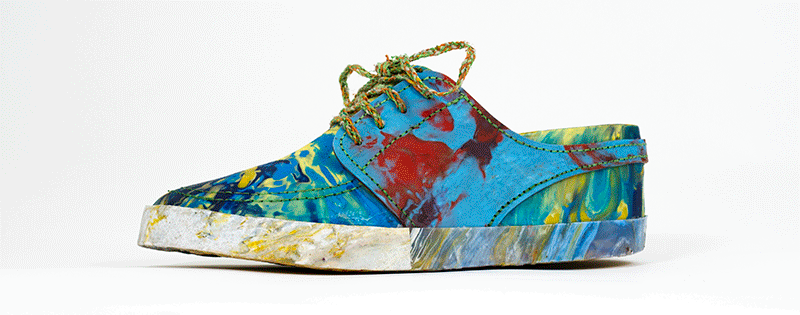Everything You Buy Is Rubbish
If you’re a regular reader of Upcycle Journal, you’ll know that we’re not afraid to present the facts of waste, consumerism and the many, many millions of tons of rubbish that not only sit in landfills across the globe, but that also clog up our rivers, seas and shorelines. Rubbish destroys delicate ecosystems, ruins our natural habits and in parts of the world is directly responsible for the decline and near extinction of many different species of animals.
Upcycling and recycling is just one, albeit large, part of the picture. Taking one man’s trash and turning it into another man’s treasure helps to combat an incredibly significant issue: the fact that we throw away clothes, shoes and a whole multitude of products simply because we don’t like them any more. Maybe we don’t need them. Maybe our tastes have changed. We all have reasons why we throw away what we throw away, but for the most part, they’re excuses. We could always donate those goods to charity, sell them on or give them away for free on free-cycling websites like TuShare
One of the major problem lies with what drives us to buy these goods in the first place. It’s argued that we’re a greedy generation. While that might be true, greed isn’t anything new. Throughout history, we’ve always wanted to have more. We’ve always wanted to own more, to be more. That’s human nature – aspiring to have what we don’t already have. But it’s not always about greed – it’s often about simply wanting to not have to worry about money, or to not have to worry about making the rent or paying the utility bills. Wanting what you don’t have isn’t always about greed, but wanting something simply because you want it right now, then throwing it away once you’ve had enough before buying another almost identical model that does exactly the same job (smartphones are a great example of this) is.
This idea of greed and consumerism is behind Charles Duffy, William Gubbins and Billy Turvey’s project, Everything You Buy is Rubbish, based on issues raised in Stephen Emmott’s 10 Billion. It’s a stark, almost bleak project but that’s good – waste and consumerism isn’t a happy, fluffy subject.
The trio collected rubbish from around Britain, including from beaches and the Thames river in London. Bits of plastic were chopped up, melted, pressed and then wrapped around a form to gradually create a sneaker made entirely from rubbish. Ridiculous, you might think. What does that prove?

Well, they chose to focus on footwear as it’s often the first item of clothing to get worn out. But as they so eloquently put it: Contemporary footwear spends barely a fraction of its life hugging a foot. For the majority of its life, it is rubbish. Creating something that is traditionally so expensive, and replaced with such frequency, from junk that was found on the beach and in the river proves a definite point.
Upcycling and recycling will continue to be essential in the fight against waste. But to combat it in the first place, we must rethink why we buy what we buy – and whether we really need that new pair of shoes.
Follow my blog with Bloglovin

